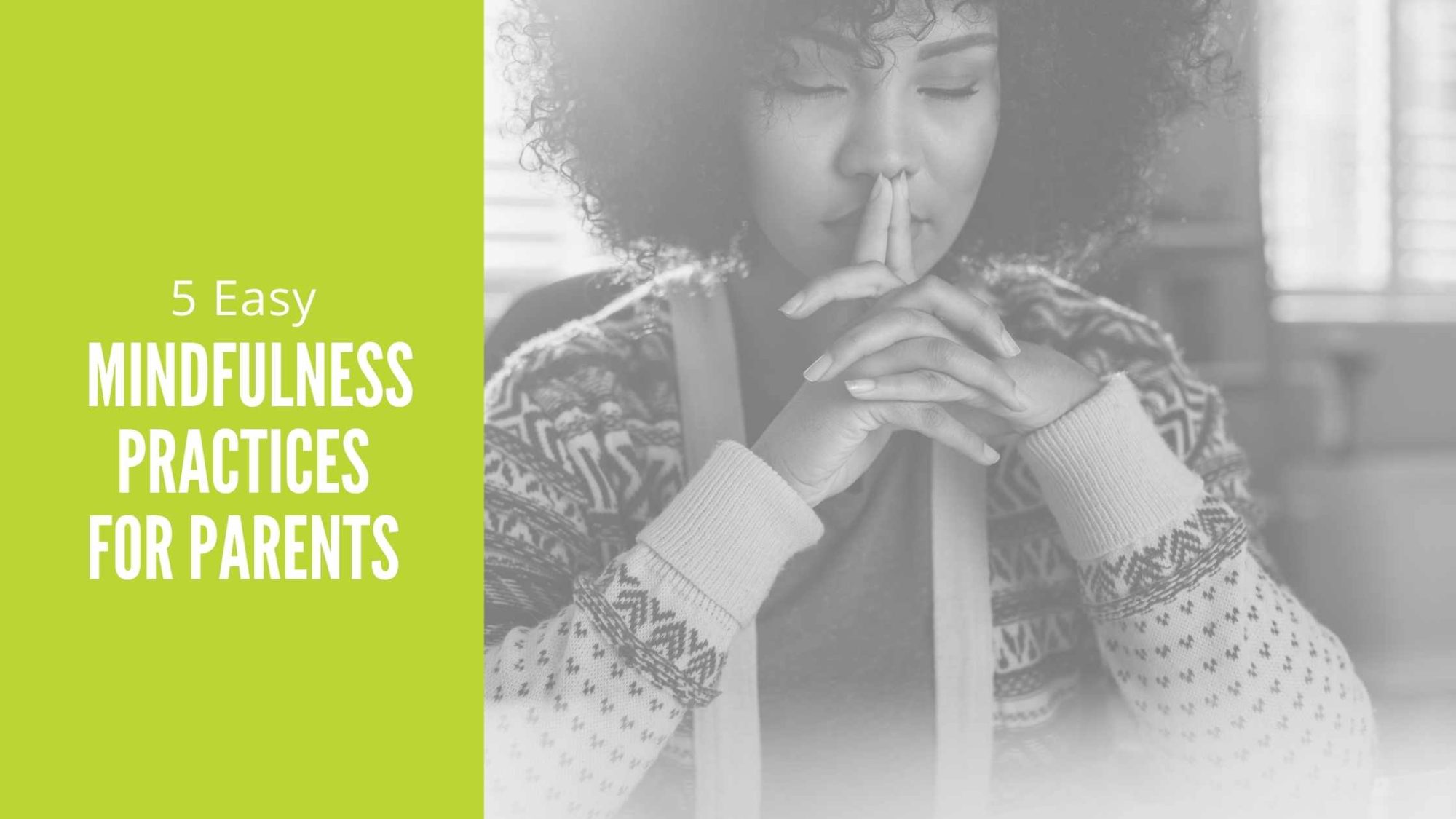
Some may be under the impression that mindfulness is a state that solely monks or yogi’s can master, or a way of being that is only attainable after years of practice and dramatic lifestyle changes. But mindfulness can be part of the day to day for children and parents alike.
Don’t get me wrong, the practice of mindfulness isn’t spontaneous. It takes the desire and willingness to explore a deeper sense of self and connectedness to your body and your mind. For some of us, just the thought of incorporating mindfulness into our lives feels daunting. Amidst the hustle of everyday life, we may be overlooking how much we are already doing to practice mindfulness: that morning cup of coffee that effortlessly warms up our hands, or the first deep breath after tucking our kids in for bed. We may not realize, but in these moments, we are connecting with our senses and allowing our minds a break from the endless chatter.
Here are some tips to help you and your family uncover more moments of connection.
Practice Non-judgment
What is a thought? Can you feel it? See it? Hold it in your hands? The nature of our minds is to assign meaning to our thoughts and experiences. We can’t help but label our thoughts as “good” or “bad”. This may help us feel more in control over our minds. In contrast, the energy we are using to judge or react to each thought is dragging us deeper into the past or future. When we stop assigning meaning to our thoughts, we find that we can experience each thought for all that it is. A non-judgmental practice changes our relationship with thoughts by acknowledging that each moment is temporary, and too, shall pass.
Utilize Your Five Senses
Next time you indulge in your favorite meal, take a moment to notice how is smells, looks, and feels (yes, an excuse to play with your food). Bring awareness to what it sounds like to chew at different speeds. Maybe even close your eyes before letting your taste buds to do all the work. Allow each of your senses to generate a unique experience to eating.
Walk with Intention
Move with a purpose. Mindful walking connects your mind to your body. Think of a phrase that feels good to you and repeat that to yourself as you take each step. For example, as you alternate feet, say to yourself ‘I am’ and ‘at peace’. As each foot touches the ground, this phrase connects your mind to your body. You may even practice walking in slow motion. Slowing down your physical body can help slow down your mind.
Play Nature Detective
Why hog all the mindful bliss for yourself? Involve your kids in a much needed mindfulness break. Next time you go for a walk, encourage your kiddo to really notice the things around them. Find the nearest tree and help them search for the first bug they can find. Ask your child to close their eyes and focus on the loudest noise they can hear and describe it to you. Turn your next nature walk into a game of exploration.
Breathe Like an Animal
Teach your child how to connect their minds to their breath by incorporating their favorite animal. For example, ask your child to practice breathing like they are a ferocious lion. Encourage them to breath in and fill up their belly’s so they can let out the loudest “roar” as they exhale. Breathing together helps both you and your child’s nervous systems relax and sends a message to your bodies that you are connected and at peace.
In the practice of mindfulness, many may feel that they now have to fit it in or alter their schedules to incorporate it. Switching the focus from adding mindful moments to experiencing each moment as an opportunity to be mindful, may just be the key to a more peaceful existence.

